I have cropped few images which have gray back ground and need to convert them to white back ground to compare with Reference images.
The following code I implemented to convert:
import cv2
im_gray = cv2.imread('gray_bg.png', cv2.IMREAD_GRAYSCALE)
(thresh, im_bw) = cv2.threshold(im_gray, 255, 255, cv2.THRESH_BINARY + cv2.THRESH_OTSU)
cv2.imwrite('white_bg.png', im_bw)
If you observe, my output image has some noise in edges of the original image (I hope I am not wrong in saying). Because of this, while comparing my output with Reference images, I am not getting the desired output. Can someone suggest me how to do it?
Here is the program We wrote to compare two images:
SourceImagePath = r'white_bg.png'
TemplateImagePath = r'ex_white_bg.png'
#def IconValidation(self,SourceImagePath,TemplateImagePath):
sourceImg=cv.imread(SourceImagePath)
templateImg=cv.imread(TemplateImagePath)
_,tempwidth,tempheight=templateImg.shape[::-1]
srcheight = np.size(sourceImg, 0)
srcwidth = np.size(sourceImg, 1)
if(srcwidth < tempwidth) and (srcheight < tempheight):
print("comparison")
resultImg = cv.matchTemplate(sourceImg,templateImg,cv.TM_CCOEFF_NORMED)
matchVal = resultImg[0][0]
threshold=0.95
if(matchVal>threshold):
print("passed")
else:
print("failed")






